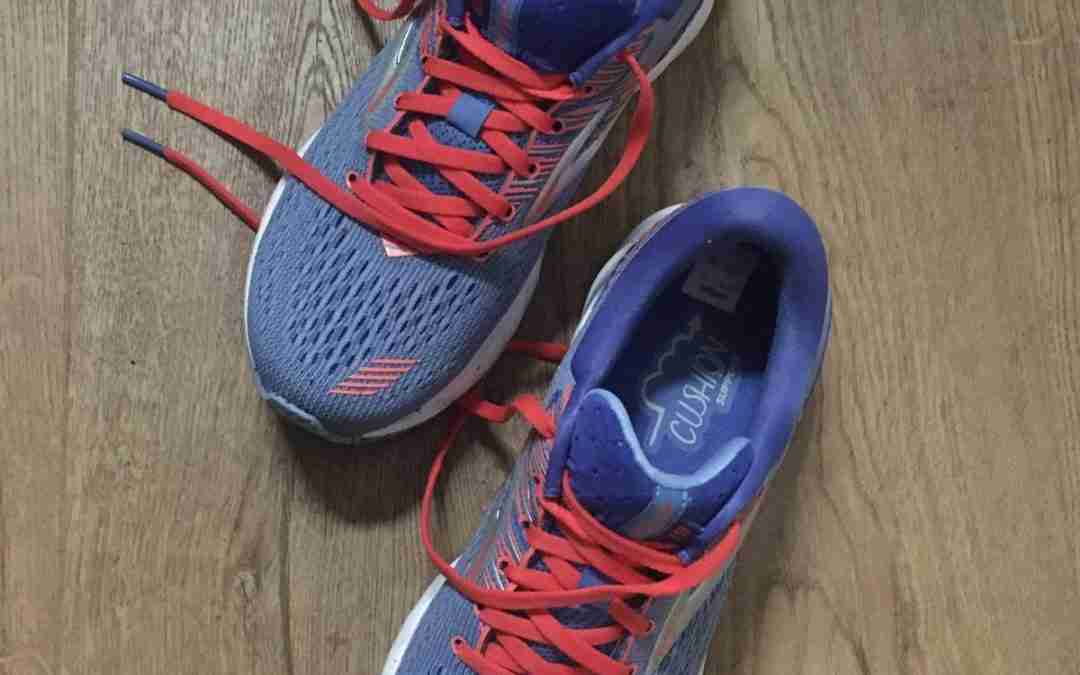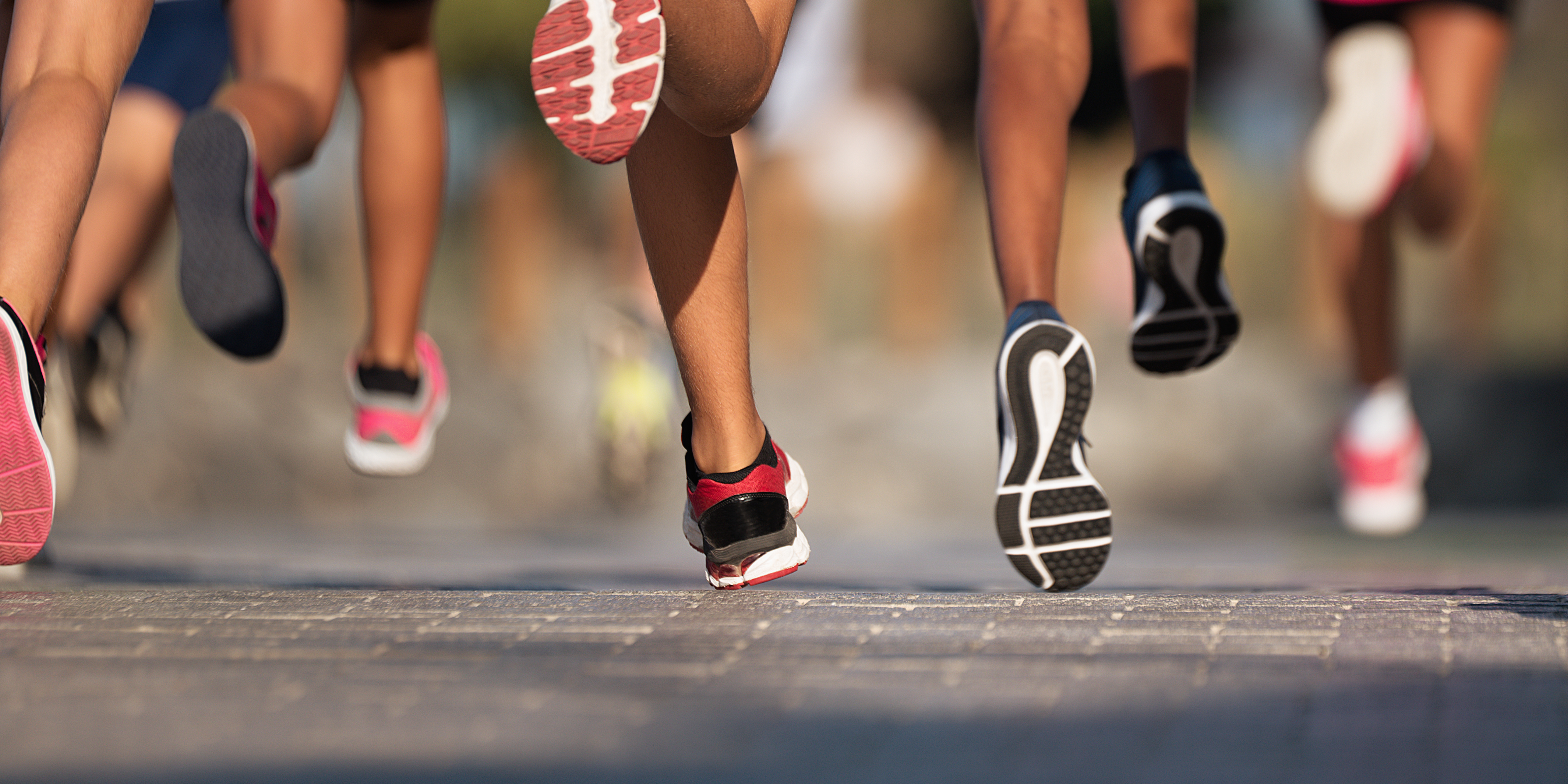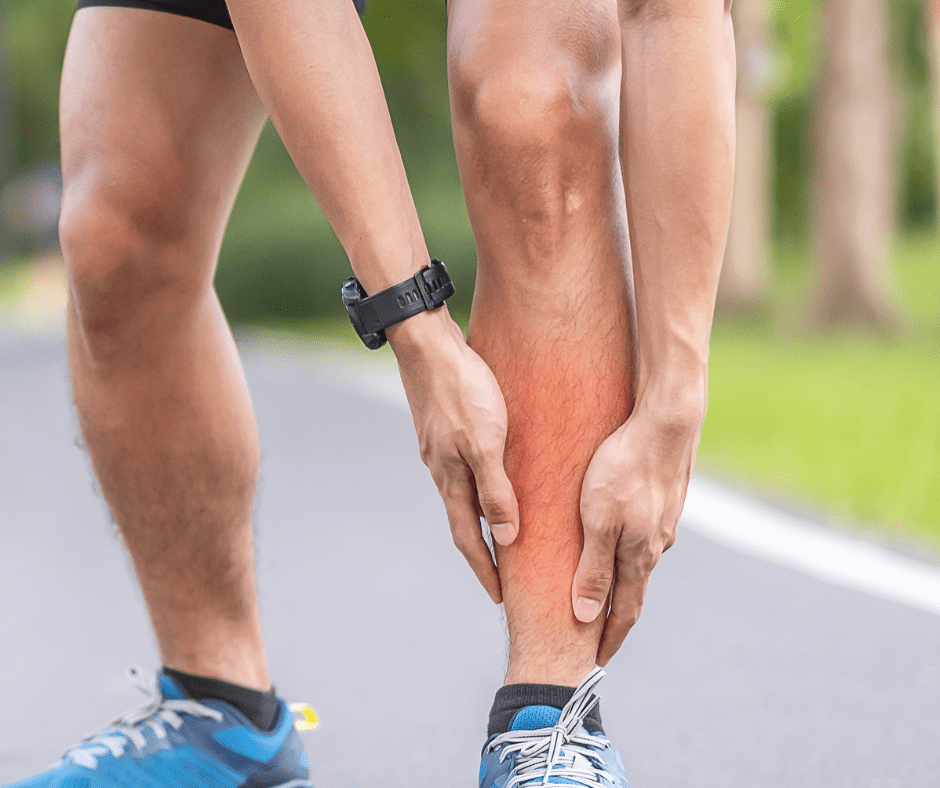How to reduce the risk of running injury
I get asked a lot about running shoes, “which brand should I buy?” “What type of shoe?” In the past I would generally advise runners to use motion control or anti pronation shoes if they had pronated feet or a neutral shoe if they had neutral feet. However over the last 5 years or so we were being advised to move away from that advice due to some research coming out that demonstrated there was no association between a pronated foot type and injury risk. I was never a big believer in this shift of opinion however, but I would also caveat my advice to runners that they should also factor in choosing a shoe based on comfort and sometimes cost over foot type.
As with all research the more that is done, the more questions and contradictions arise. Some more recent research in 2020 has now come full circle and shown that motion control shoes may indeed reduce the risk of pronation-related running injuries, but may not influence the risk of other running-related injuries. So the old advice still seems relevant and best practice.
But, what is a motion control shoe you might ask? Most of the major brands will produce this type of running shoe, and if you have been to one of the running shops and had a gait analysis you may have been offered this type of shoe. Its design incorporates a thermoplastic support through the medial aspect of the mid foot of the shoe or sometimes called and anti pronation bar. You can typically see this plastic material built in to the shoe and it will be quite difficult to bend the shoe in two at the middle or twist the sole of the shoe. This will obviously give your foot more support when you are running. These shoes also have dual density midsoles that you can also see in the design of the shoe.
How can you tell what shoe you need?
There are a few options here. You could book an appointment at one of the running shops where they look at your gait on a treadmill and offer you a shoe based on what you may need. Obviously this is not currently available with shops closed, and you also need to bear in mind the shop assistant may only have a basic level of training in gait analysis compared to a podiatrist or physiotherapist.
The next option is to use some of the tests we have in the Run Fit screening assessment. A foot posture analysis is a crude but reasonably accurate static foot type analysis. Simply look at your feet in a mirror to see if you appear pronated (flat footed), neutral or supinated (high arched). Compare this with some dynamic tests such as a single leg squat and hop keeping an eye on what your foot does. Some pronation as you land and move is normal but is it excessive or do you pronate rapidly? If you are not sure how to do this then our expert Physiotherapists and Osteopaths can help assess this.
Podiatry for foot and ankle pain
The final option would be to see our podiatrist and have a full blown biomechanics analysis and plantar pressure gait scan. Part of the assessment can analyse your gait by using a force mat that you walk across. This measures the pressure distribution through your foot and will highlight if you have a pronated, neutral or supinated gait pattern amongst other things.
This type of analysis is good for identifying running shoe requirement, but also whether an insole is needed in the running shoe. The insoles that come with running shoes are often quite flimsy and additional support may be required depending on your foot type.
So as previously mentioned motion control shoes may reduce the risk of pronation-related running injuries, but did not influence the risk of other running-related injuries. So what else might be at play here?
Other factors than foot type and shoe selection influence the risk of running related injury. Things like flexility of the calf and Achilles, the strength of the glutes, quads and hamstring, the movement and stability of the pelvis, all of which we can identify in a Run Fit assessment.
Plus all the load management strategies such as rest days and recovery weeks, and running technique strategies such as not over striding or changing your habituation foot strike that I have highlighted in previous emails and blogs will help.




